Hello - are you enjoying June?
Georgia, a country that sits at the crossroads of Europe and Asia, calls itself by a very different name, Sakartvelo. The birthplace of wine, a cave city and a unique alphabet – for these and other fun and interesting Georgia country facts, read on. Georgia may be little known but it certainly packs a punch when it comes to the bizarre and fascinating. The setting of the favourite of my novels that I’ve written thus far.
Journey Through Sakartvelo: The Enticing World of Agata, Princess of Iberia.
Dear Readers,
Initially, I knew nothing about the mysterious country of Georgia but it became the setting for my favourite of the novels I’ve written, Agata, Princess of Iberia.
Known to its people as Sakartvelo, nestled at the crossroads of Europe and Asia, this country is a tapestry of ancient history, diverse cultures, and breathtaking landscapes. Read on for some fascinating facets of Georgia that have inspired my storytelling.
The Kingdom of Iberia: A Historical Tapestry
At the heart of my novel lies the ancient Kingdom of Iberia, a significant realm in eastern Georgia established in the 4th century BCE. This kingdom played a pivotal role in the region's cultural and political development, serving as a bridge between powerful empires and fostering a unique Georgian identity.
Embracing Christianity: A Nation's Spiritual Transformation
In the early 4th century CE, under King Mirian III's reign, Iberia embraced Christianity, becoming one of the first nations to adopt it as the state religion. This monumental shift not only redefined the kingdom's spiritual landscape but also fortified its cultural identity. Steadfastly refusing the religion of Zaroastrian and Muslim conquerers, Georgia embraces Eastern Orthodoxy to this day.
Tbilisi: From Royal Vision to Capital City
The 5th-century monarch, King Vakhtang I Gorgasali (Gorgasali = Wolfhead), is credited with founding Tbilisi, envisioning it as a stronghold and cultural hub. Today, Tbilisi stands as Georgia's vibrant capital, echoing the legacy of its royal founder.
Legend says that during the fighting, Vakhtang appeared when the situation was most difficult for the Georgians. The Iberian king was already renowned as a fearsome warrior; clad in chainmail, with a huge shield, spear and sword, Vakhtang slaughtered the Persians on all sides. The Persian soldiers were terrified of his rage and gigantic stature. The enemy saw his golden helmet blazing in the sunlight, on the front of which was the figure of a wolf and on the back the figure of a lion. When the Persians saw him, they screamed in terror: ‘Dur Az Gorgasal!’, which means: ‘Flee the head of the wolf’. Hence, King Vakhtang came to be named Gorgasali. (Link to the full article is here).
The Birthplace of Wine
Georgian labels may not be lining your cellar, but the country is considered the birthplace of wine. As far back as 8,000 years ago, Georgians are said to have started producing wine in their own special way. Word has it that the origins of their wine production were entirely accidental. Some lucky soul poured grape juice into a qvevri, an earthenware jar, and buried it in a shallow pit. The result? A glass or two of Georgia’s finest. Today, UNESCO has included this ancient Georgian tradition of qvevri winemaking on their Intangible Cultural Heritage of Humanity List. Oenophiles best make a beeline for the Kakheti valley, where 70% of Georgian grapes are grown.
Vardzia: The 6,000-Room Cave Monastery
Move over Cappadocia. Georgia has its own other-worldly cave town: Vardzia, a fortress-monastery-palace complex carved out of and under the Erusheti Mountain in the south. In the 13th century, Georgia’s Queen Tamar ordered the construction of the site as a refuge against the raiding Mongol Empire. Upon completion, it boasted a staggering 13 levels of 6,000 rooms (complete with bakery, church, and wine cellars), a self-sustaining irrigation system, and royal apartments. Sadly, just a century later, an earthquake destroyed more than two-thirds of the city. The good news, however, is that visitors can today explore the still-intact parts of the underground city.
A Trio of UNESCO World Heritage Sites
Small in size but a giant in historic stature, Georgia boasts three UNESCO World Heritage sites:
Bagrati Cathedral and Gelati Monastery: Architectural masterpieces from the 10th and 12th centuries, respectively.
The former capital of Mtskheta: A significant stop on the ancient Silk Road.
The ancient villages and towers of the Svaneti region: Nestled in the Caucasus Mountains, these structures stand as a testament to Georgia's medieval past.
The Unique Georgian Language and Alphabet
Georgian has many different dialects, and its alphabet is unique to anything else you’ll see internationally. Like the rest of Georgia, it is ancient and dates back to the mid-4th century.
Ecological Diversity Across 12 Climate Zones
Another of our favourite fun facts about Georgia is that it earns a spot amongst the world’s most ecologically diverse regions. The country’s 12 climate zones have spawned an incredible diversity of landscapes and wildlife. Outdoors enthusiasts will adore an opportunity to hit the ski slopes and hike canyons, while wildlife lovers can spot wolves, lynx, and bears in the forest.
Weaving History into Narrative
In my novel, the Kingdom of Iberia isn't just a setting—it's a character in its own right. Through careful research and vivid storytelling, I aim to transport you to a time of intrigue, valour, and transformation, where the powerful in the ancient world fought for their survival.
Princess Agata Bagration is a fictional member of one of the longest existing dynasties in the world. There is a young Prince Georgi Bagration living today.
Princess Agata is surrounded by a cohort of female survivors of the sack of Narikala, and thus the adventure begins.
More reading opportunities below!
Temporary discount - $2.99usd for this month:
All the best for the rest of this month - end of financial year already!!
:) Emma



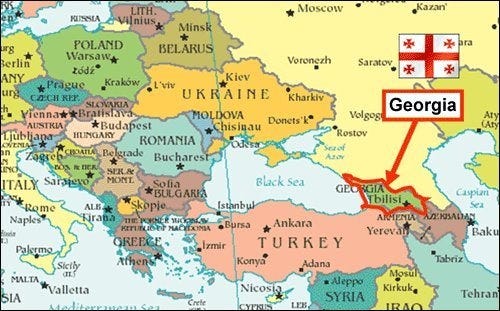


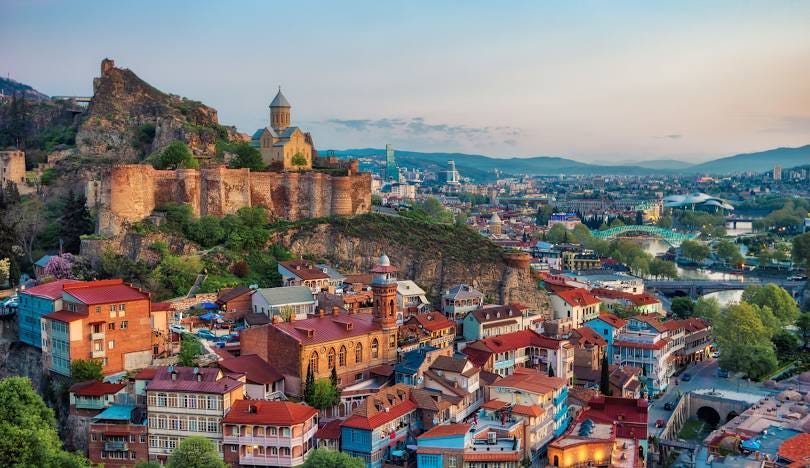
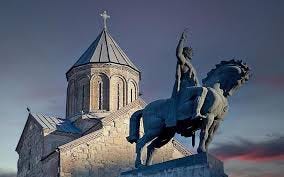
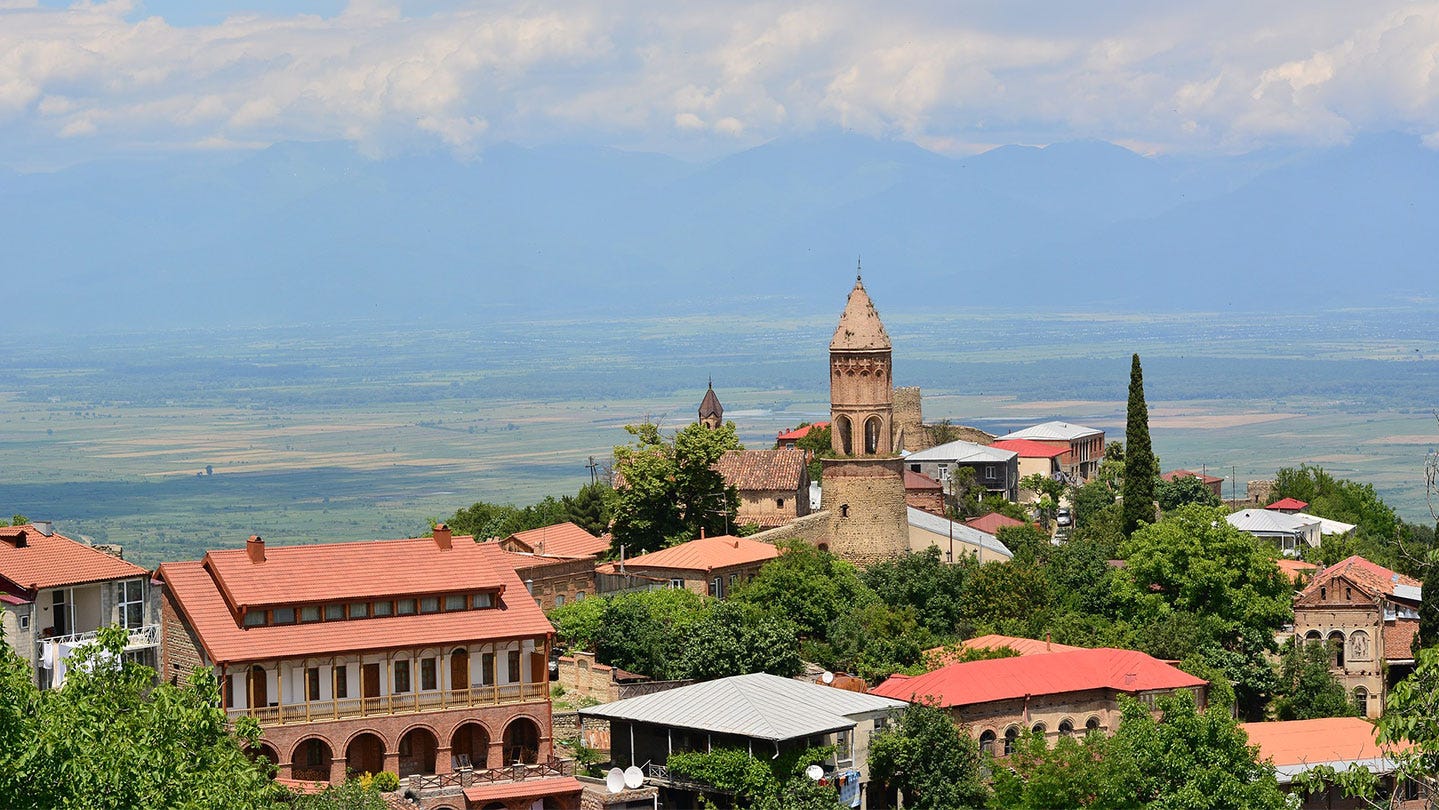
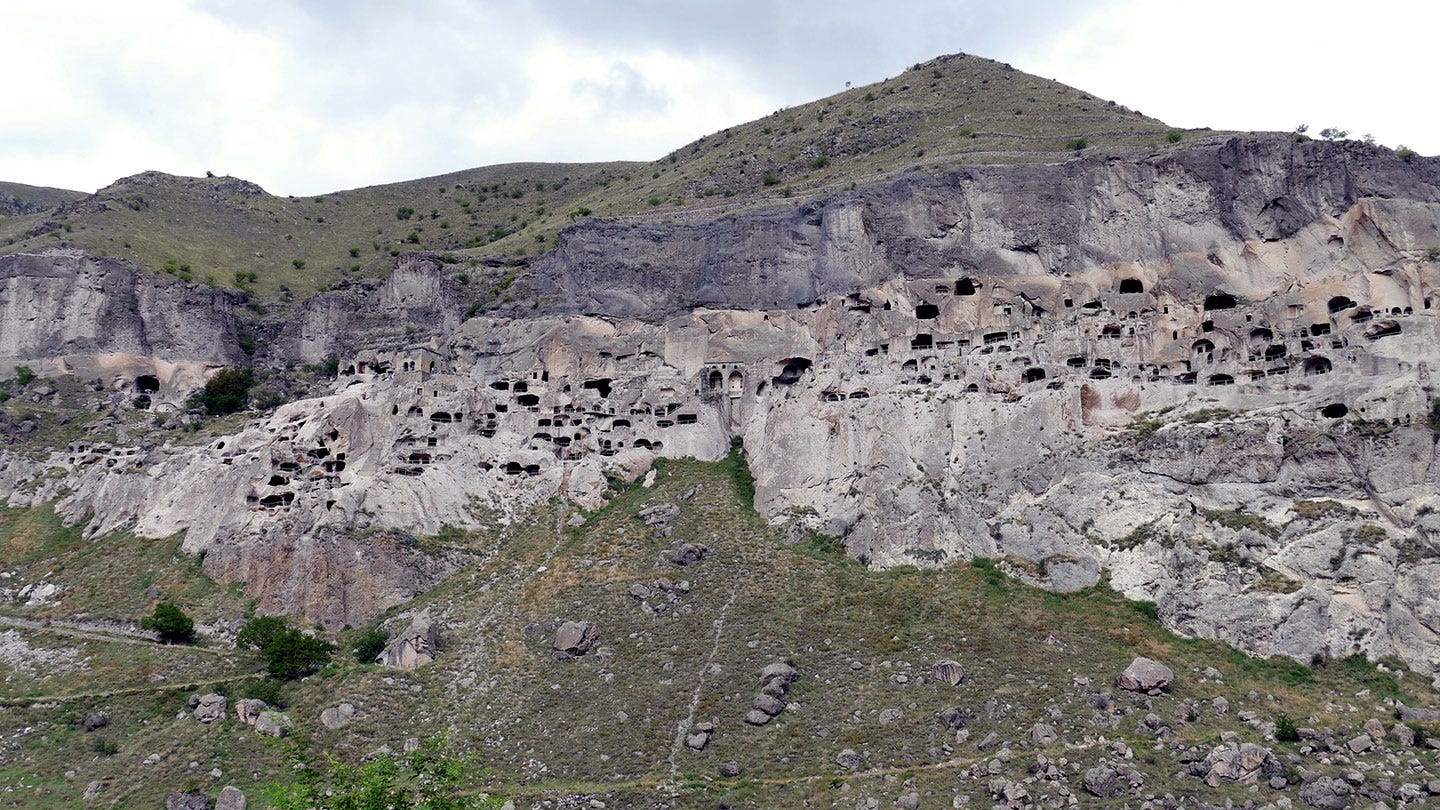


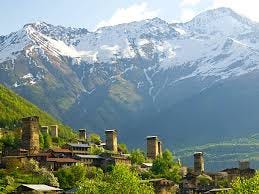
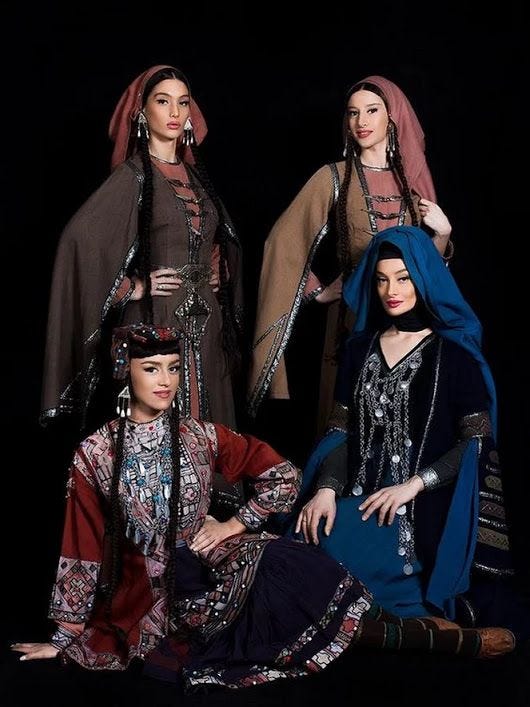
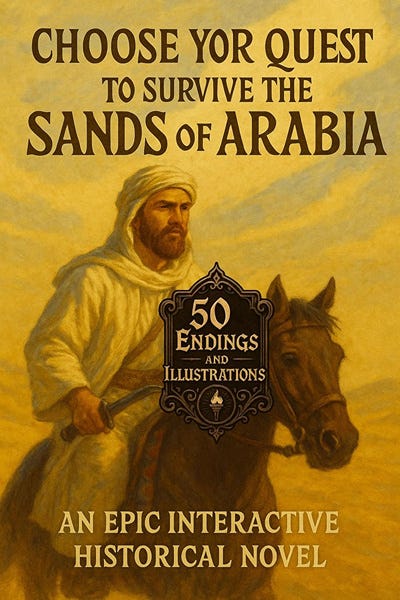



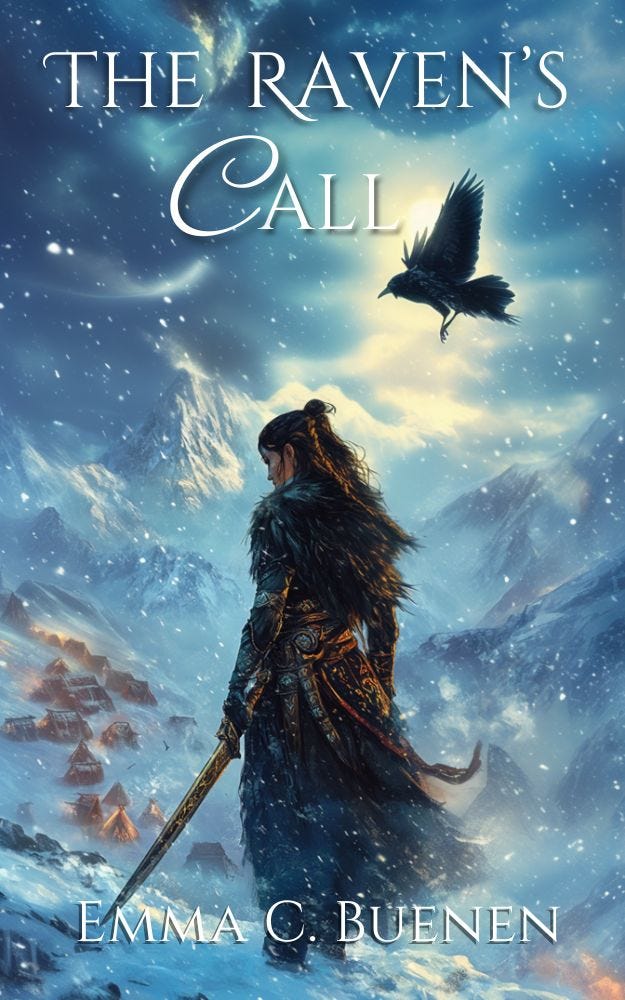
A beautiful country with a fascinating history!